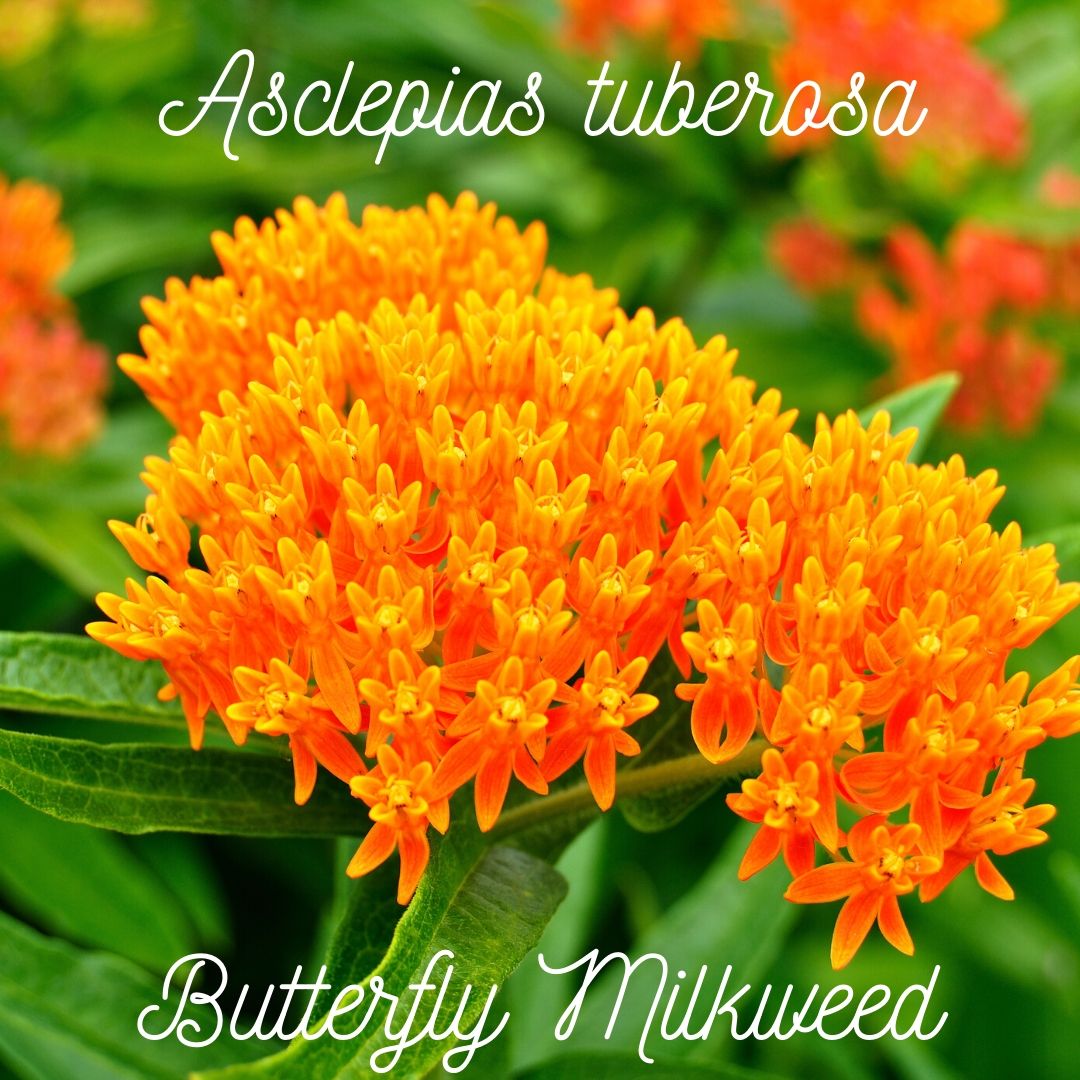|
There is nothing that reminds me more of summer than the beautiful bright yellows and vibrant oranges of mid-summer flowers. Beautiful sunflowers, day lilies, and of course the radiant orange and almost red tones of Butterfly Milkweed (Asclepias tuberosa). Asclepias is one of those powerful herbal medicine allies that has been brushed off of the popular shelf of herbs, but 100+ years ago, this amazing herb was at the forefront of the standard materia medica an was a staple for indigenous groups and settlers across the prairies of North America. I first learned about it a number of years ago when I was still studying herbal medicine at Dominion Herbal College and began reading Matthew Wood's book The Earthwise Herbal, A Complete Guide to New World Medicinal Plants. I had seen this plant as an ornamental in yards and neighbourhoods from BC to West Virginia and was so pleased to read about its uses and colorful past. In an attempt to inspire individuals to learn more about herbal medicine, and to offer students, practitioners, gardeners, or those seeking healing more complete information about medicinal plants, I am now so pleased to offer you this monograph. I hope you enjoy reading it as much as I enjoyed writing it. In health and wellness, Petra Sovcov - Clinical Herbal Therapist IntroThis beautiful flowering herb is commonly known as Butterfly Weed, Swallow Wort, Wind Root, Tuber Root, , and Pleurisy Root. It is a perennial herb of the Asclepiadaceae family and is native to the United States and Canada. Traditionally, Pleurisy Root is used for the condition it is named for, pleurisy. In its actions with pleurisy it is best known for its ability to mitigate associated pain and relieve the difficulty of breathing without being overly stimulating. It is most beneficial to the respiratory system where it proves itself to be best used with issues such as bronchitis, pneumonia, and dry coughs with pain. In the nineteenth century pleurisy root was one of the most popular moistening diaphoretics (sweat inducing) and was considered a very common herb by Materia Medica texts at the time. Parts Used: Root Actions: Febrifuge Antispasmodic Amphoteric Expectorant Diaphoretic Carminative Anti-Rheumatic Tonic ANS Stimulant Estrogenic Anti-inflammatory Anti-pyretic Aperient (mild)
What are its uses?Head, Ears, Eyes, Nose, and Throat:
Integumentary System (Skin):
Digestive/Gastrointestinal System:
Excretory System:
Cardiovascular System:
Immune/Lymphatic System:
Reproductive System:
Musculoskeletal System:
Specific Diseases/States/Infections/Viruses/Bacteria:
Combinations:
Safety Concerns and Contraindications
References
0 Comments
Leave a Reply. |
Petra Sovcov is not a Medical Doctor (MD) nor a Naturopath (ND), she is a Clinical Herbal Therapist (CHT) and holds a Doctorate in Natural Medicine (DNM). The suggestions or recommendations made on this site are not meant to be a substitute for advice from your MD, or as a substitute for any prescriptions you may be taking. Suggestions followed will be the responsibility of the reader, and are stated with the intention of interest and education only. If you have a health issue, please see your primary care physician (MD) first and foremost. Categories
All
Archives
July 2024
|


 RSS Feed
RSS Feed